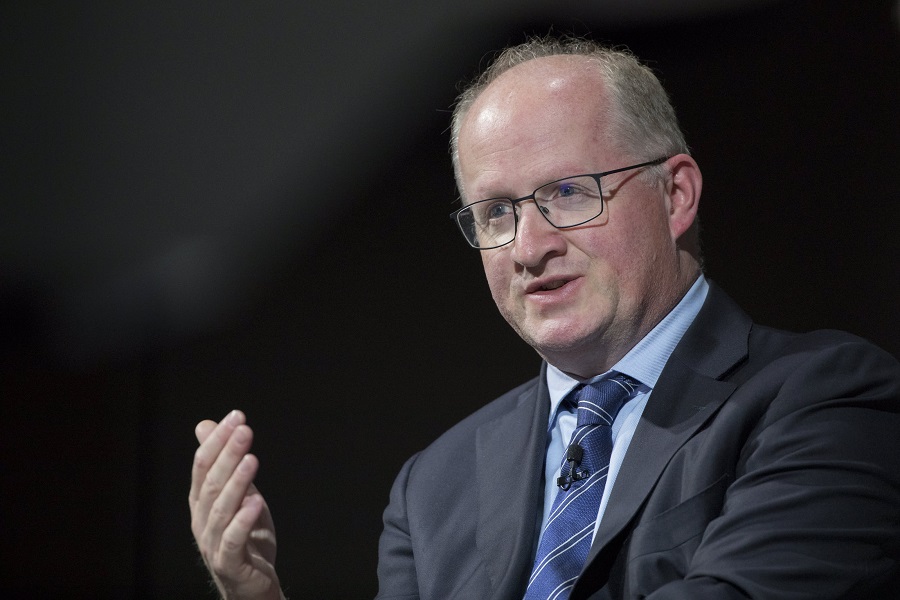Second round to fight inflation
ECB Chief Economist Lane said that the bank believes that 2023 will be the year of the peak second round to fight inflation. But is that correct, and which countries are most vulnerable if it is not?

ECB Chief Economist Lane said that the bank believes that 2023 will be the year of the peak second round to fight inflation.
The fight against inflation cannot be won in the first round. Central banks and the financial markets know this. Inflation soared largely as a result of two shocks: supply constraints emanating from the pandemic, and the surge in food and energy prices caused by Russia’s invasion of Ukraine. This combination not only surprised markets with the extent of the inflation rise, but clearly left central banks in the dust as they rallied quickly to hike rates. The inflation coming directly from these two shocks has now ebbed significantly, but the pressure has morphed into so-called second round effects; most of which relate to the labour market.
The important steps policymakers can take to reverse these second-round effects include anchoring longer-term inflation expectations and depressing demand to force competitive pressure on firms. In the developed countries wage rates have been rising and there’s been some evidence that a confluence of factors have allowed some firms to price gouge as demand has stayed strong even in the face of rising prices.
Within the labour market, history suggests that the wage increases that follow an unexpected surge in inflation die away as inflation falls. In other words, there is not too much evidence that second-round effects persist and so force central banks into a secondary round of rate hikes. This being said, you have to go right back to the 1970s and early 80s to see the last bout of significant inflation in the major developed nations. The world was a very different place back then. Some of the differences today could help eliminate second-round wage effects much faster, such as the decline in isation that we’ve seen in most countries. But, on the other side, the tightness of the labour market that we are seeing today is very different from the situation 40-50 years ago.
In the UK, for instance, the unemployment rate is currently just over 4% compared to the peak of nearly 12% in the 1980s. Many experts’ inclination is to believe that negotiated pay awards will likely drift down next year to follow the decline in inflation, but the tightness of the labour market could mean that wage drift remains high. Right now, UK wage awards are rising at a 5.7% pace according to XpertHR while official average earnings are rising by 8.2%. In other countries/regions high wage drift could be an issue even if falling inflation and modest long-term inflation expectations amongst workers puts downward pressure on wage awards. This risk of significant and sustained wage drift could easily force central banks to keep rates at their terminal rate for longer, even if it does not threaten a renewed bout of rate hikes. It suggests that 2023 will probably prove the year of peak second round effects for negotiated pay settlements, but whether it will in terms of actual pay growth is another matter.
Are there some countries or regions that are more prone to persistence of these second round effects than others? On a very basic level the scope for persistent second round effects would seem to be greater among developed countries than developing countries given that labour markets are generally far looser in developing countries. Hence it is not too surprising that we have seen some EM central banks cut rates already, while DM central banks have not.
Of the major countries the UK’s history of higher long-term inflation expectations than many others, such as the US and euro zone, suggests that the fight against second round forces could be greater here, but that’s arguably already well priced into the market given that more rate hikes are foreseen while most others are expected to hold steady. Could this vulnerability cost the pound some of the strength accumulated in the past year? We think it is certainly possible – but only if the market perceives that the BoE underestimates the second round effects and pulls up short with its rate hikes.








